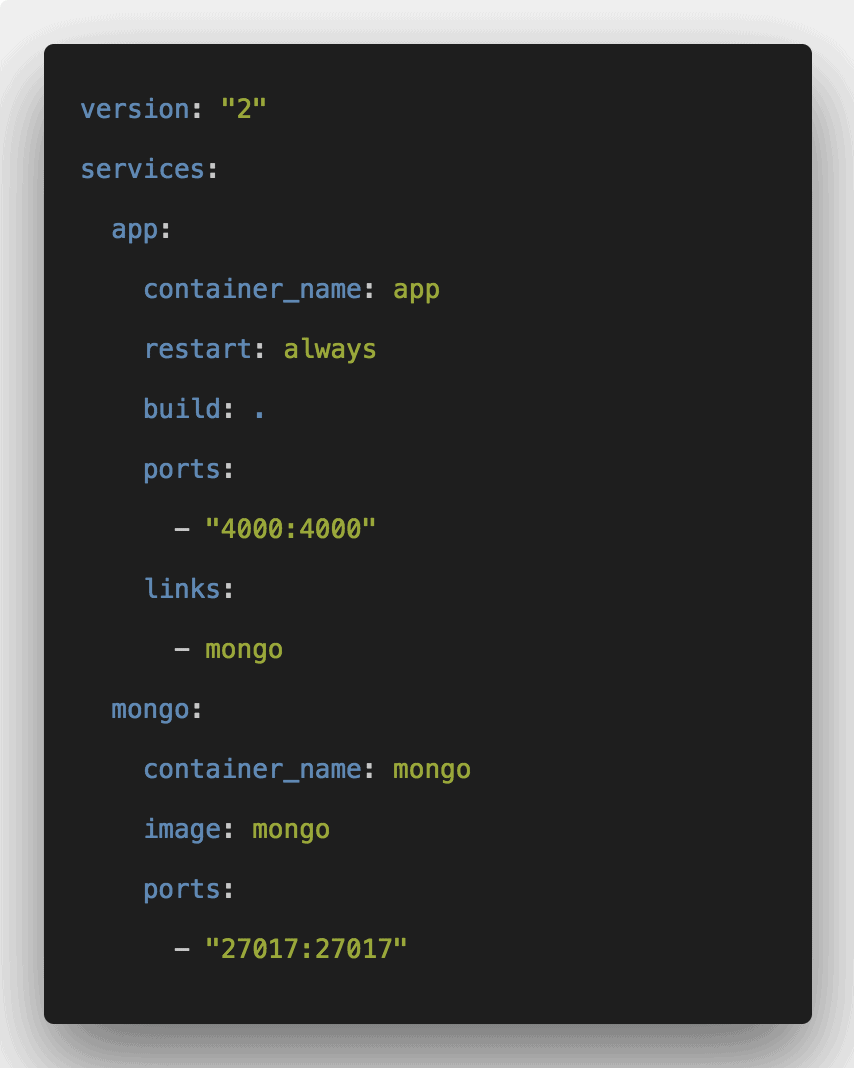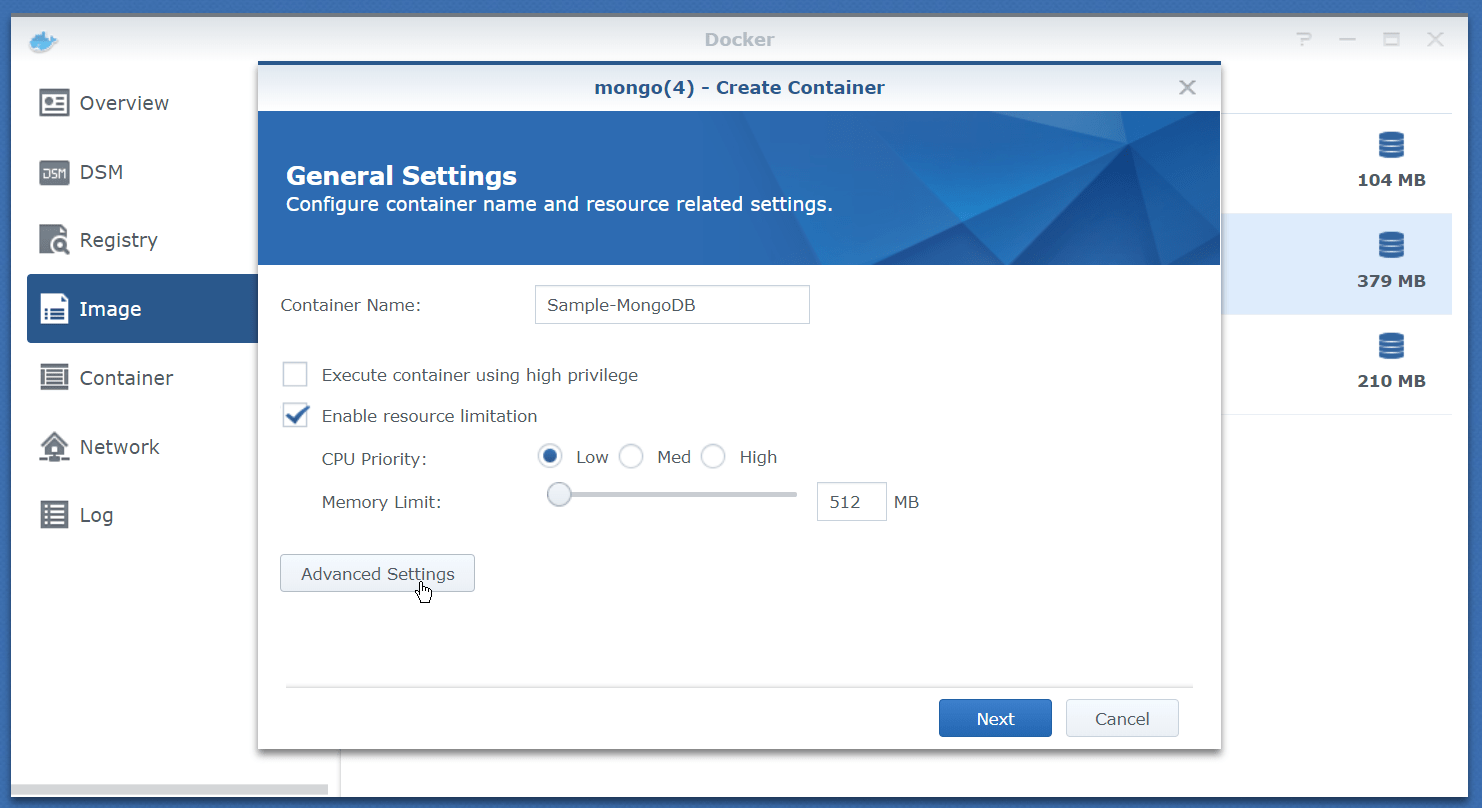

One part that seems somewhat confusing and that threw me off previously is that by default when you try to connect to a MongoDB server it expects that admin is the database in which the user exists – even if said user has no access permissions for this database. A prompt will appear after running this command in which you can specify the user's password. You can run the following in your mongodb (cli) client of choice to create a new user. If you don't have one already, let's go ahead and create one now. Ensure a user is created firstīefore we continue, we should make sure we have a database user account ready with read and write access to the database you want to restore into. Whether this is a fresh and new container or you're restoring a backup, the process is the same. Now that we have the database dump files ready, let's go ahead and import (or, restore) them. Now we can basically do the exact opposite in our new container. Let's copy the files out of the container: ❯ docker cp :/dump ~/Downloads/dump Now that we have the database dump files, we need a way to get them out of the docker container. ❯ docker exec -i /usr/bin/mongodump -username -password -authenticationDatabase admin -db -out /dump Instead we'll simply dump the files to somewhere within the docker container, and then docker cp them out. Unlike with most other database solutions, the dump will be a bunch of individual files, and so we can't easily rely on shell piping to get this somewhere directly on your docker host machine. Note: If you got typescript errors from files located in the node_modules folder, open your tsconfig.We can use the following command to create a dump of your entire database, all collections included. We use Typescript in the project but, Node.js run only Javascript file, so we need to transpile our. Create a docker image of the projectīuild a docker image of the project makes it agnostic of the operating systems meaning we should expect the same behavior no matter the operating system running the project through Docker. If everything configured as expected, you will have the project running. If you don't have a Mongo database, you can follow this tutorial to install otherwise, just continue the tutorial.
Docker install mongo pdf#
We will take the Node.js project we have done in this tutorial to generate a PDF and make it run through Docker Compose.

If not installed, follow this link to install it according to your operating system. To follow this tutorial, you need Docker to be installed and working.

Adding Docker Compose to compose many Docker image make it more powerful.
Docker install mongo code#
Docker install mongo update#
Even if you are on the same OS, an update can break a library used in the project, leading to a non-working project.You code the project on MacOS, but the production environment runs on Ubuntu. The incompatibility between operating systems.Unfortunately, at this point, many problems often happen: Indeed, we usually build applications through many releases, and for each release, we need to share the code with our peer. If you are a developer for a while, you have already faced this kind of discussion with your manager or teammates. Photo by Victoire Joncheray on Unsplash Manager: I cloned the project and followed the Readme but it doesn't work because of an error about a missing dependency.ĭeveloper: Hmmm weird 🤔 yet, it works on my computer 🤷🏾♂️


 0 kommentar(er)
0 kommentar(er)
